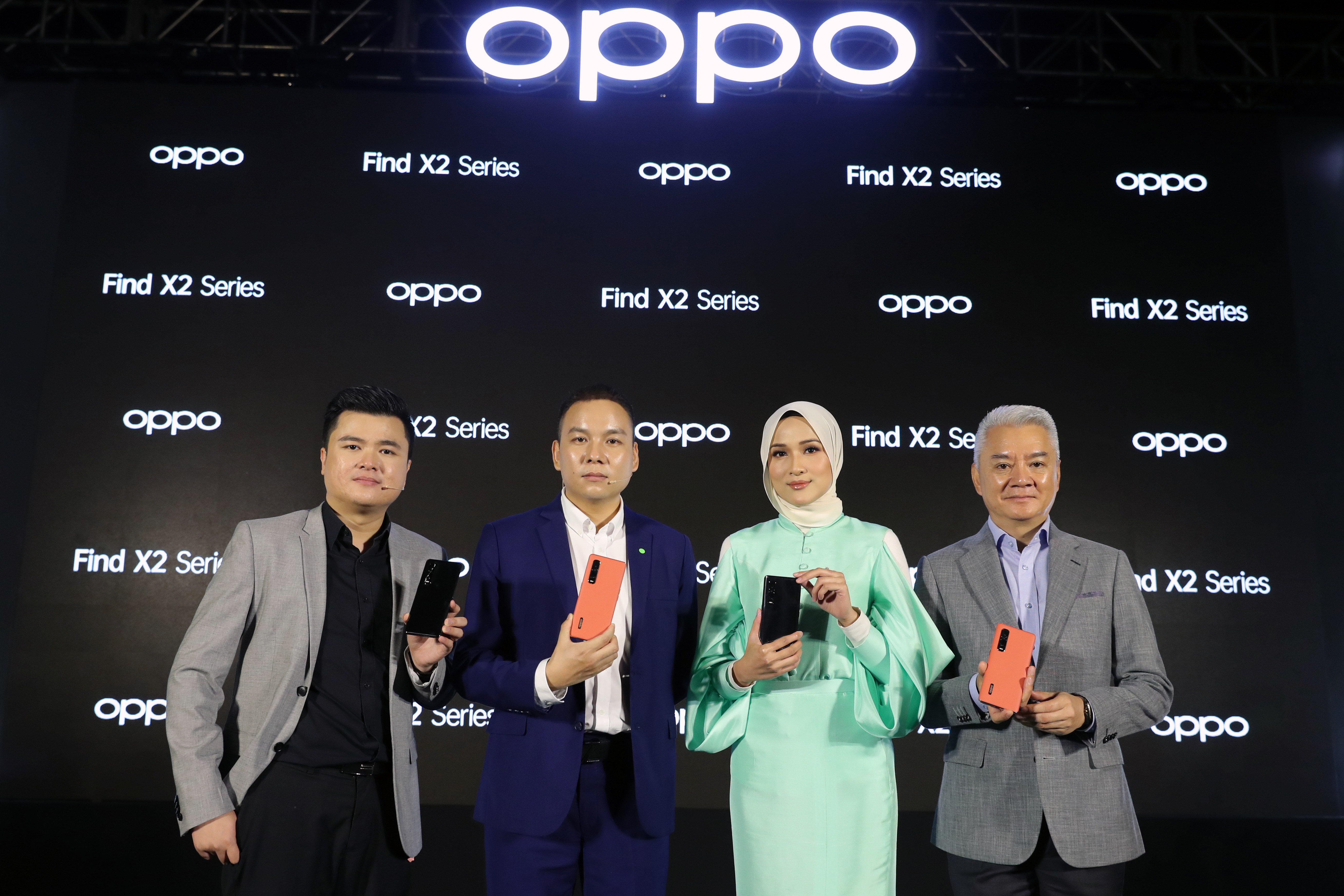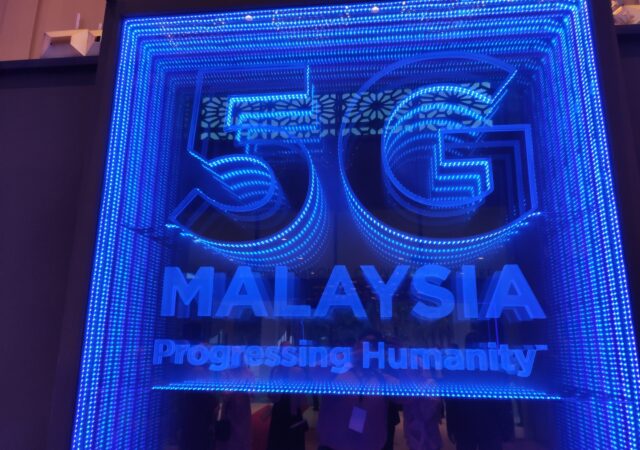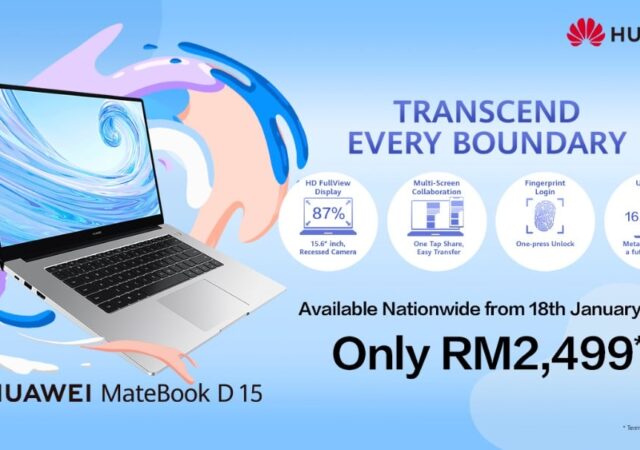OPPO has launched the OPPO Find X2 series in Malaysia. Prices start from MYR 3,999 and tops out at MYR 4,599. You get 5G connectivity too.
Rolling Out Commercial 5G Isn’t Going to be Easy – 3 Things To Learn from South Korea
Malaysia is set to be one of the world’s pioneer markets when it comes to the rollout of 5G. As reported previously, Malaysia is on track to rollout commercial 5G by Q3 2020; that’s a mere 6 months away at…
HUAWEI MateBook D 15 Visits Malaysia! Get Yours for MYR 2,499
HUAWEI is now more than just a smartphone brand. While they are known for their very compelling and innovative smartphones like their latest HUAWEI Mate 30 series, or the foldable Mate X; they make more than smartphones. In fact, they…





